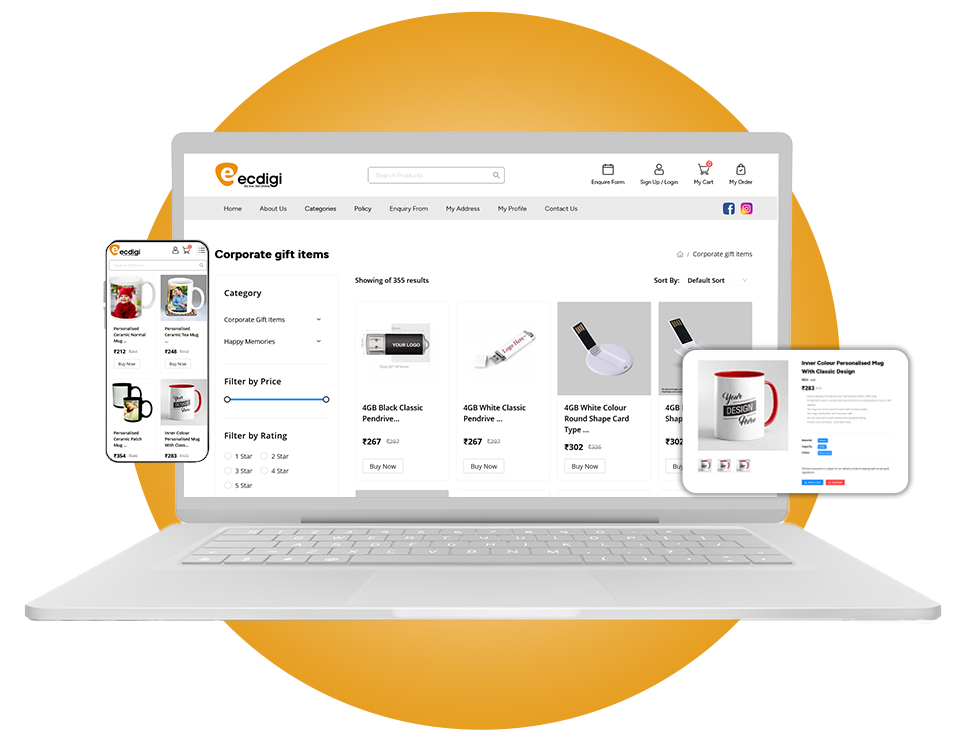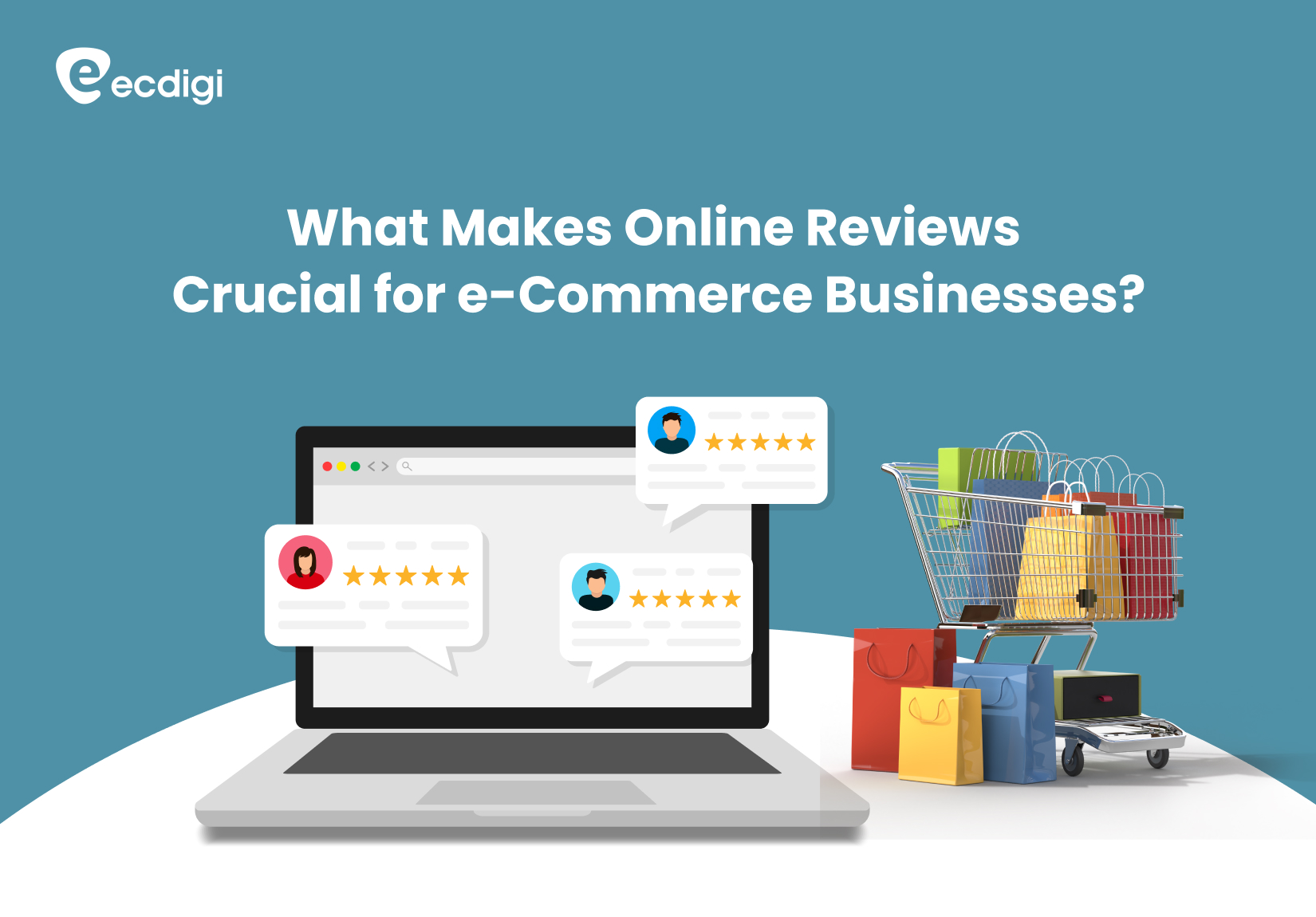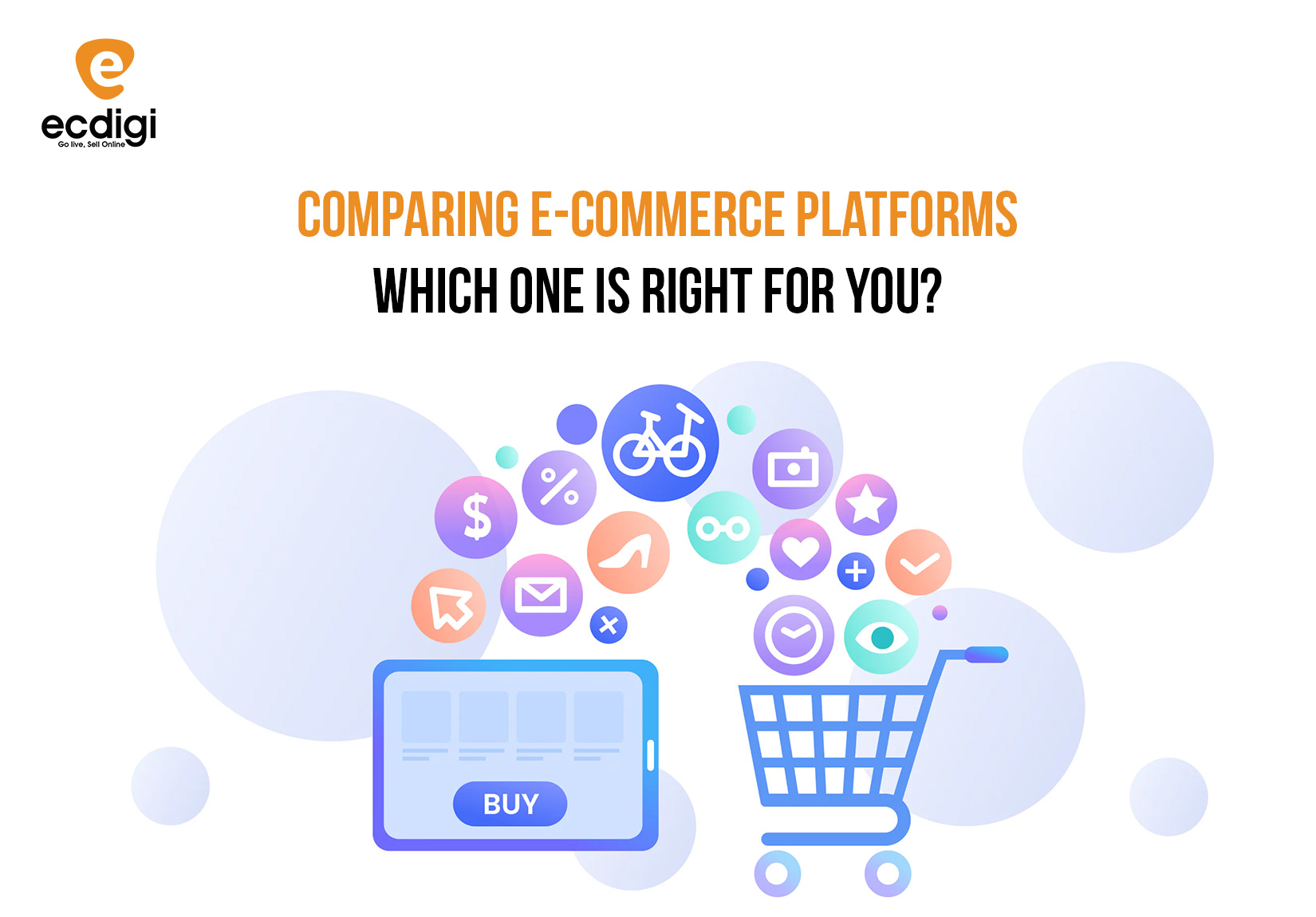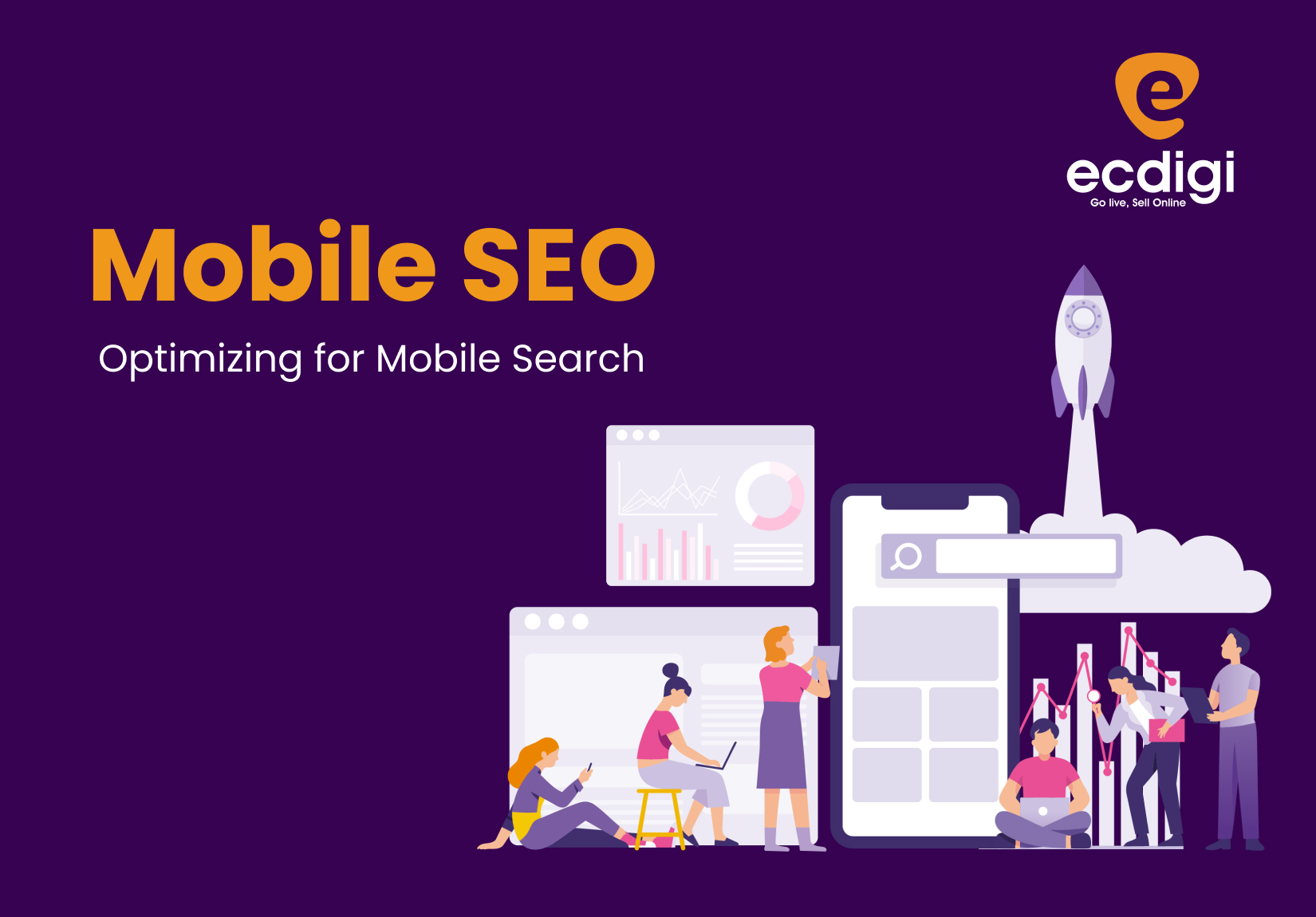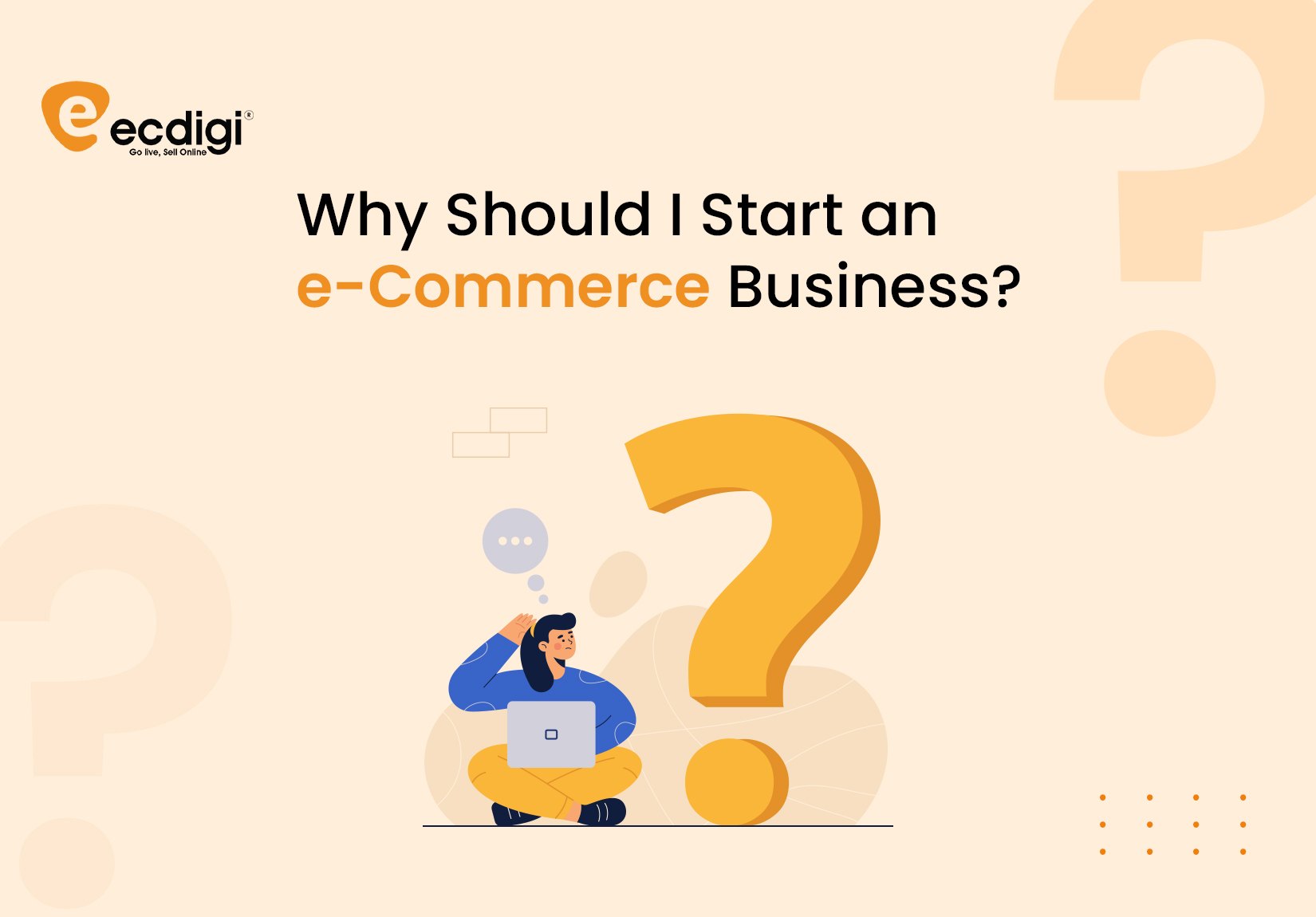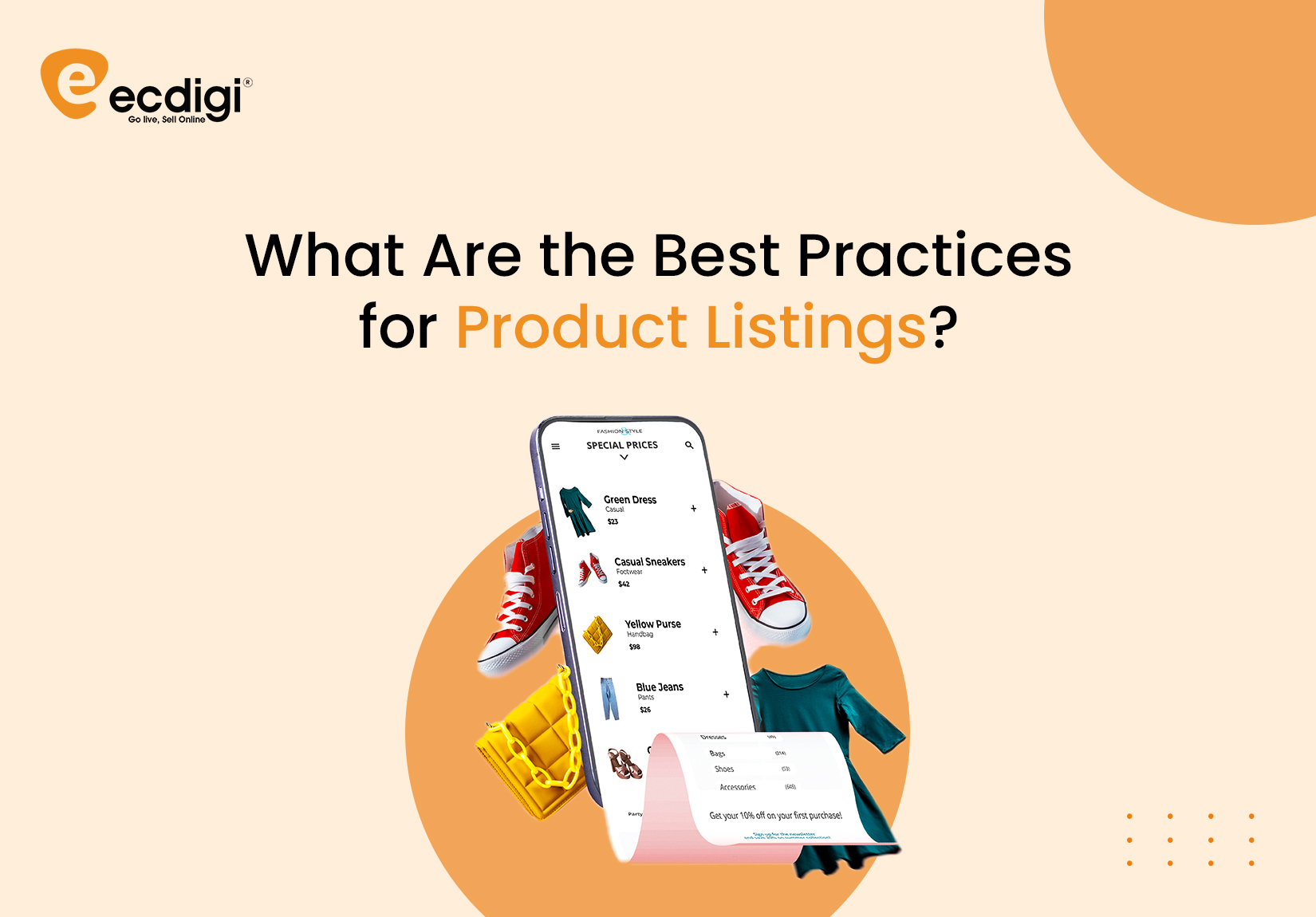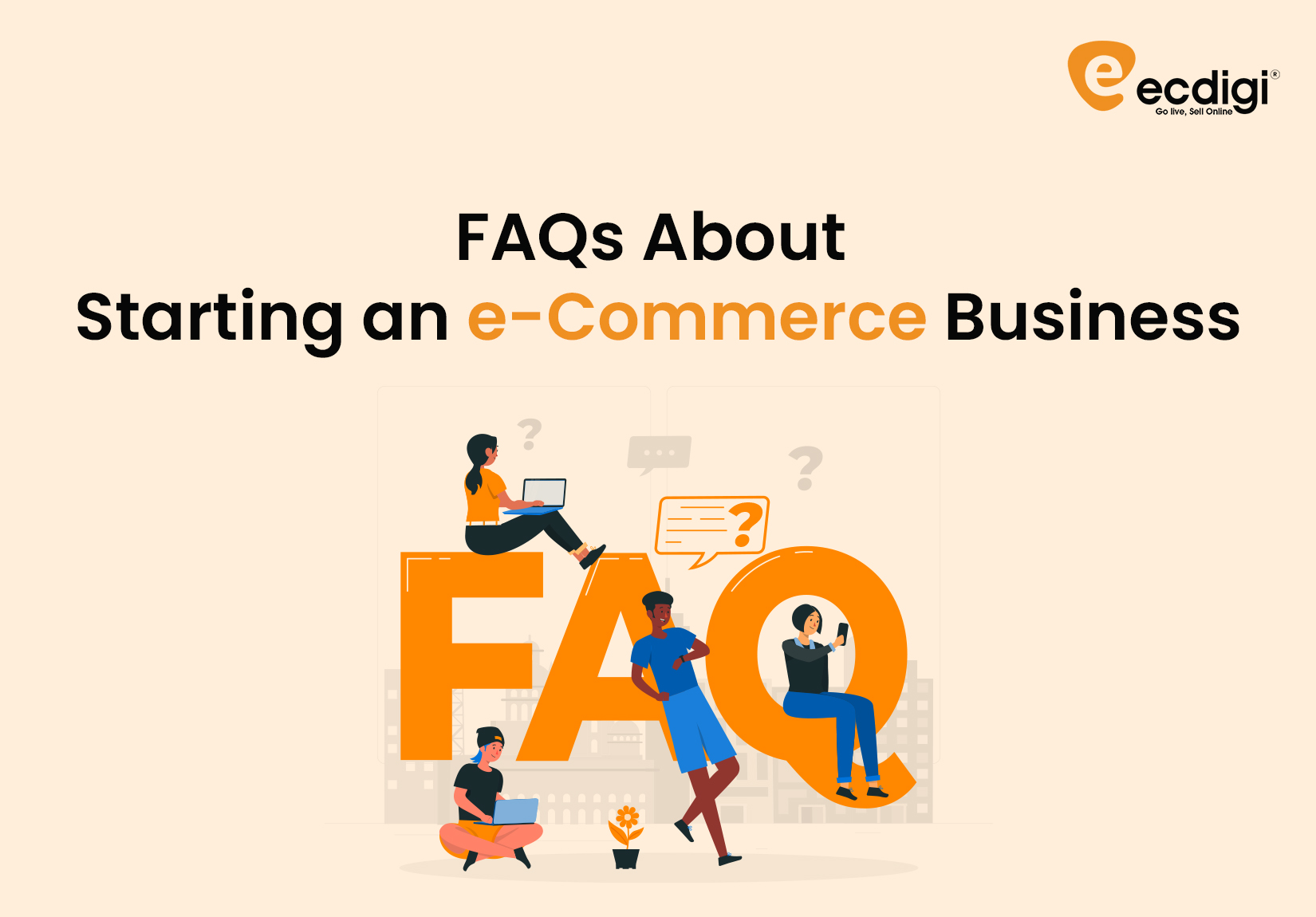Using Analytics and A/B Testing to Optimize Your E-Commerce Website
E-commerce website | 28 Aug, 2024
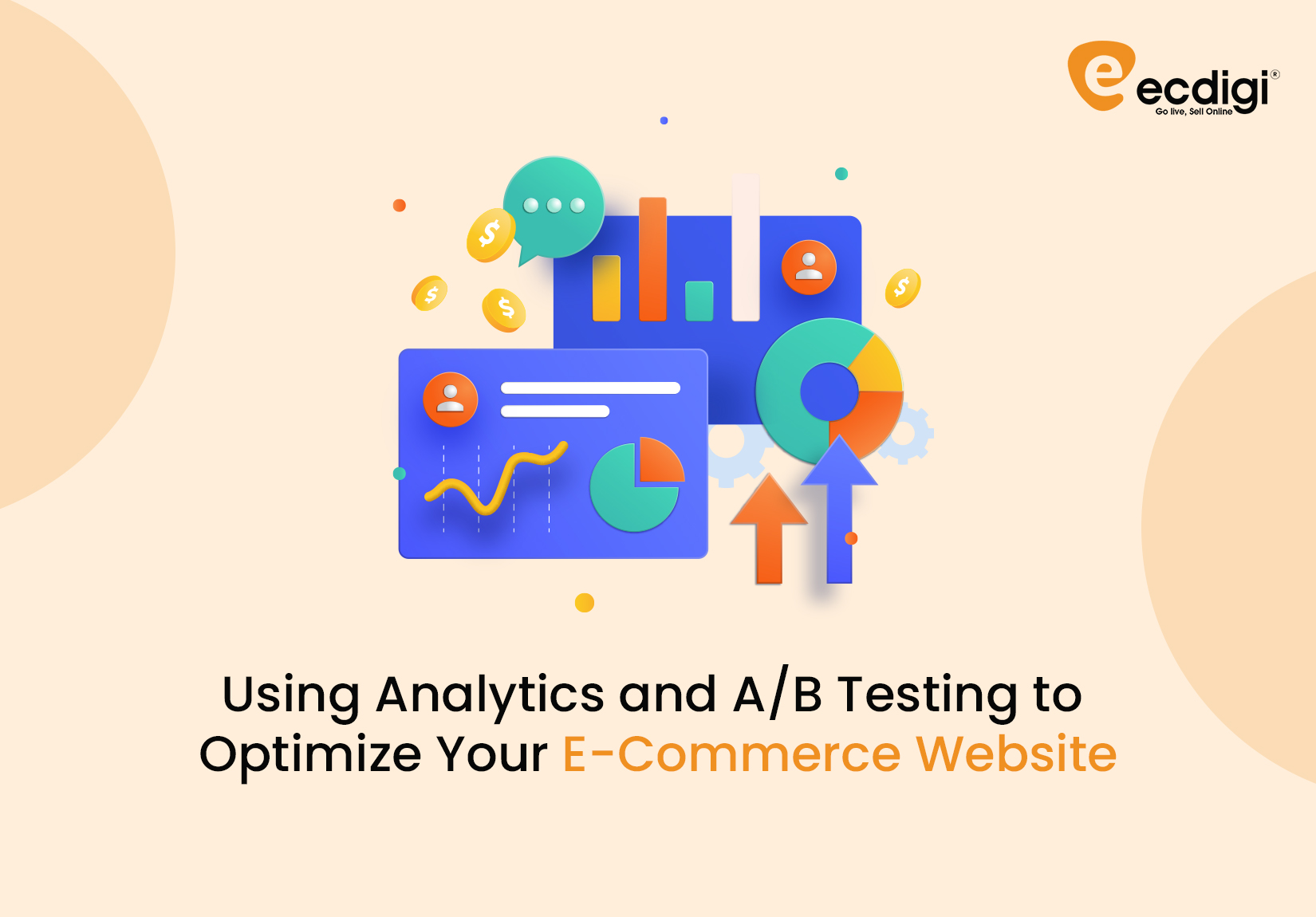
Optimizing youre-commerce website is essential to increasing conversions and improving user experience in today's cutthroat digital world.
One of the best methods is strategically utilizingA/B testing and analytics . By utilizing these potent tools, businesses can discover areas for development, obtain profound insights into consumer behavior, and make data-driven decisions with observable outcomes
A/B testing increases income by boosting conversion rates and improving the user experience by identifying which modifications, such as changes to headlines, graphics, or calls for action, resonate most with users.
Effectively testing variants and assessing their impact on critical metrics such as click-through rates and bounce rates allows e-commerce sites to make well-informed modifications and reduce the risk of introducing changes that impact performance negatively.
Understanding E-commerce Analytics
Definition: Track performance, comprehend customer behavior, and make informed business decisions, e-commerce analytics is the process of gathering, evaluating, and interpreting data about online retail operations. Data, including website traffic, conversion rates, sales success, and user interactions, are monitored through a variety of technologies and methodologies. Businesses can manage inventory, enhance user experience, optimize marketing campaigns, obtain insights into customer behavior on e-commerce platforms, and ultimately spur development and profitability by utilizing this data.
Key Metrics to Track:
1. Rate of Conversion
Definition: The number of website users who, out of all visitors, successfully execute a desired action, such as placing a purchase.
Why It’s Important: It gives you a clear idea of how effectively your website converts visitors into paying clients. When a website has a better conversion rate, it means that users are being effectively engaged and encouraged to complete transactions.
2. Average Order Value (AOV)
Definition: The standard amount of money spent on each order.
Why It’s Important: Understanding the amount of revenue you make from each transaction is made easier with the support of AOV. Increased average transaction value can be achieved without adding new consumers by using upselling, cross-selling, and other tactics.
3. Rate of Cart Abandonment
Definition: The number of users to the website who add products to their cart but then leave before making a purchase.
Why It’s Important: An elevated amount of cart abandonment could indicate concerns with your checkout procedure, like complexity, unforeseen expenses, or technical glitches. Lowering this rate can boost conversion rates overall and sales by a large margin.
4. Customer Lifetime Value
Definition: The total amount of money that you anticipate receiving from a client during their business relationship.
Why It’s Important:Customer lifetime value shows you how much you can spend on obtaining and keeping customers and helps you comprehend their long-term value. Profitability can rise by boosting customer lifetime value through loyalty plans, tailored advertising, or better customer support.
5. Cost of Customer Acquisition
Definition: The entire cost of bringing in a new client, including advertising and sales charges.
Why It’s Important: Customer Acquisition Cost assists in evaluating the return on investment and efficacy of your marketing campaigns. A more sustainable business model and more profitable growth result from lowering customer acquisition costs while keeping or raising customer lifetime value.
Tools and Platforms:
E-commerce analytics tools and platformsE-commerce analytics tools and platforms are specialized software applications made to acquire, examine, and interpret information on online retail activities.
The top 5 platforms for e-commerce analytics are as follows:
These sites offer insightful information on a range of e-commerce business topics, such as website traffic, customer behavior, sales performance, and marketing efficacy.
The Function of A/B Testing
Definition:A/B testing, known as split testing, is a technique that compares two iterations of a website, application, or other digital asset to see which one works better at reaching a particular goal. It entails producing two variants, Version A (the control) and Version B (the variant), and concurrently presenting these versions to various user segments.
How it Works:
1. Describe the objectives and theories
Indicate clearly what you want to accomplish with the test, e.g., higher conversion or click-through rates.
2. Create Variants
Create two variants so that they can be compared.
Version A: The most current version (control).
Version B: The updated version that includes the suggested modification (variant).
3. Division of Traffic
To ensure that every portion of your audience sees a single test version, divide the audience at random. This guarantees the results' objectivity and statistical validity.
4. Execute the Test
Run the test and keep an eye on the results for a long enough time to collect adequate information. Monitor performance indicators that are pertinent to your goal, such as conversion or click-through rates.
5. Evaluate and Implement Insights
Examine the data to see which version outperformed the others with your most important metrics.
Apply the selected version in the context of the outcomes, and utilize the knowledge gained to guide your decision-making. To further optimize performance, keep iterating by adding more tests.
Examples of Elements of Test:
-
 Objective:Enhance the quantity of purchases.
Objective:Enhance the quantity of purchases.
-
 Hypothesis:The statement "Buy Now" on a CTA button will outperform "Shop Now,"
Hypothesis:The statement "Buy Now" on a CTA button will outperform "Shop Now,"
-
 Version A:The current "Shop Now" CTA
Version A:The current "Shop Now" CTA
-
 Version B:The new "Purchase Now" CTA
Version B:The new "Purchase Now" CTA
-
 Divide Traffic:Send 50% of visitors to Version A and 50% to Version B at random.
Divide Traffic:Send 50% of visitors to Version A and 50% to Version B at random.
-
 Execute the test:Track each CTA performance over a predetermined time frame.
Execute the test:Track each CTA performance over a predetermined time frame.
-
 Examine the outcomes:Examine the two CTA purchase conversion rates.
Examine the outcomes:Examine the two CTA purchase conversion rates.
-
 Implement The insights: Change the call to action on your website to "Buy Now" if "Buy Now" yields a greater conversion rate.
Implement The insights: Change the call to action on your website to "Buy Now" if "Buy Now" yields a greater conversion rate.
Implementing a Data-Driven Optimization Strategy
Using analytics and A/B testing to make well-informed changes and increase performance is part of setting a data-driven optimization plan for your e-commerce website.
Make use of analytics tools to collect detailed information about user behavior, site performance, and important data. This information assists you in determining which parts of your website need work and in developing theories for prospective modifications.
Set up and conduct A/B tests to evaluate several iterations of your website's components, like headlines, pictures, and calls-to-action, to ascertain which ones work best. Examine the test results to determine the effects of each modification, then put the winning versions into practice.
You can enhance the user experience, improve the user experience, and promote long-term growth for your e-commerce by iterating depending on the results of A/B tests and closely observing statistics. Site by iterating depending on the results of A/B tests and closely observing statistics.
Strategies and Ideas
You can effectively use analytics and A/B testing to optimize your e-commerce website, improve user experience, and provide better commercial outcomes by following these best practices.
-
 Establish Specific Objectives.
Establish Specific Objectives.
-
 Utilize Secure Analytics Software
Utilize Secure Analytics Software
-
 Create Efficient A/B Testing
Create Efficient A/B Testing
-
 Verify Statistical Significance
Verify Statistical Significance
-
 Iterate and Implement Findings
Iterate and Implement Findings
Final Thoughts:
Optimizing an e-commerce website and achieving better performance requires the use of analytics and A/B testing. Businesses can make intelligent choices to improve user experience and increase conversion rates by establishing clear objectives, using trustworthy analytics tools, and carrying out targeted A/B testing.
The use of these techniques e-commerce services by guarantees steady growth and ongoing improvement inside the cutthroat e-commerce market.


